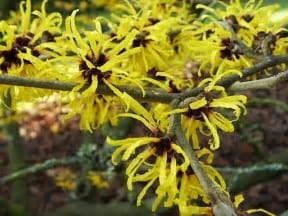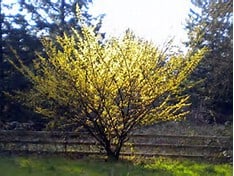Glittering, golden dusk flooded the landscape as the trees blushed in the gilded light, and the grasses swayed and rushed as the sun swiftly receded, surrendering wholly to twilight.
August too conceded, and with it, any remnants of Summer. Autumn is upon us and changes are afoot. Cooler temperatures, diminishing sunlight and increasing rainfall can and should be taken advantage of. Autumn offers a plethora of opportunities in the garden and landscape. Opportunities to right some wrongs, implement preventative measures, and plant for next Spring. As you know, late Summer/early Fall offers the perfect conditions in which to seed a lawn. It’s also the ideal time to aerate.
Aerations can be likened to vitamins – part of a healthy lifestyle when combined with proper year round care and maintenance. Although aerations can be performed in Spring, Sweeney’s believes Fall is the best time and offers the greatest benefit.
So, what’s aeration? Aeration is the process in which soil compaction and thatch build up is relieved through removing cores/plugs of soil that are then left on the surface to act as topdressing. Essentially, aeration allows for better air circulation, and the effective penetration of nutrients and water. It also allows the soil to relax and expand while promoting microbial activity. Additionally, aerations have proven to mitigate certain fungal diseases while discouraging the growth of weeds. Lawns that are aerated are healthier overall and tend to hold up better in periods of brief droughts – remaining green and actively growing.
Many landscape companies only aerate in one direction (i.e. north to south OR east to west). Sweeney’s aerates in two directions (both north and south AND east and west) allowing for the maximum amount of holes per square foot, which is recommended.
Contact Sweeney’s today to schedule your aeration! It’s a great way to insure your lawn faces dormancy in tip-top health and comes out swinging in Spring.
Plant of the Week


American Witchhazel
Native shrub with fragrant, yellow flowers blooms October – November amongst dark green foliage that turns a rich, brilliant gold in Fall. Smooth, gray bark offers wonderful, winter interest. Prefers shade to partial sun and moist, well-drained soil. Grows 15-20′ tall and 12-15′ wide. Attracts pollinators and birds. Deer resistant.
“In the garden, Autumn is, indeed the crowning glory of the year, bringing us the fruition of months of thought and care and toil. And at no season, safe perhaps in Daffodil time, do we get such superb color affects as from August to November.”
-Rose G. Kingsley
Best wishes,
Kim Sweeney

An ounce of prevention is worth a pound of cure…
You are absolutely correct! Preventative measures and proper maintenance make for beautiful lawns!